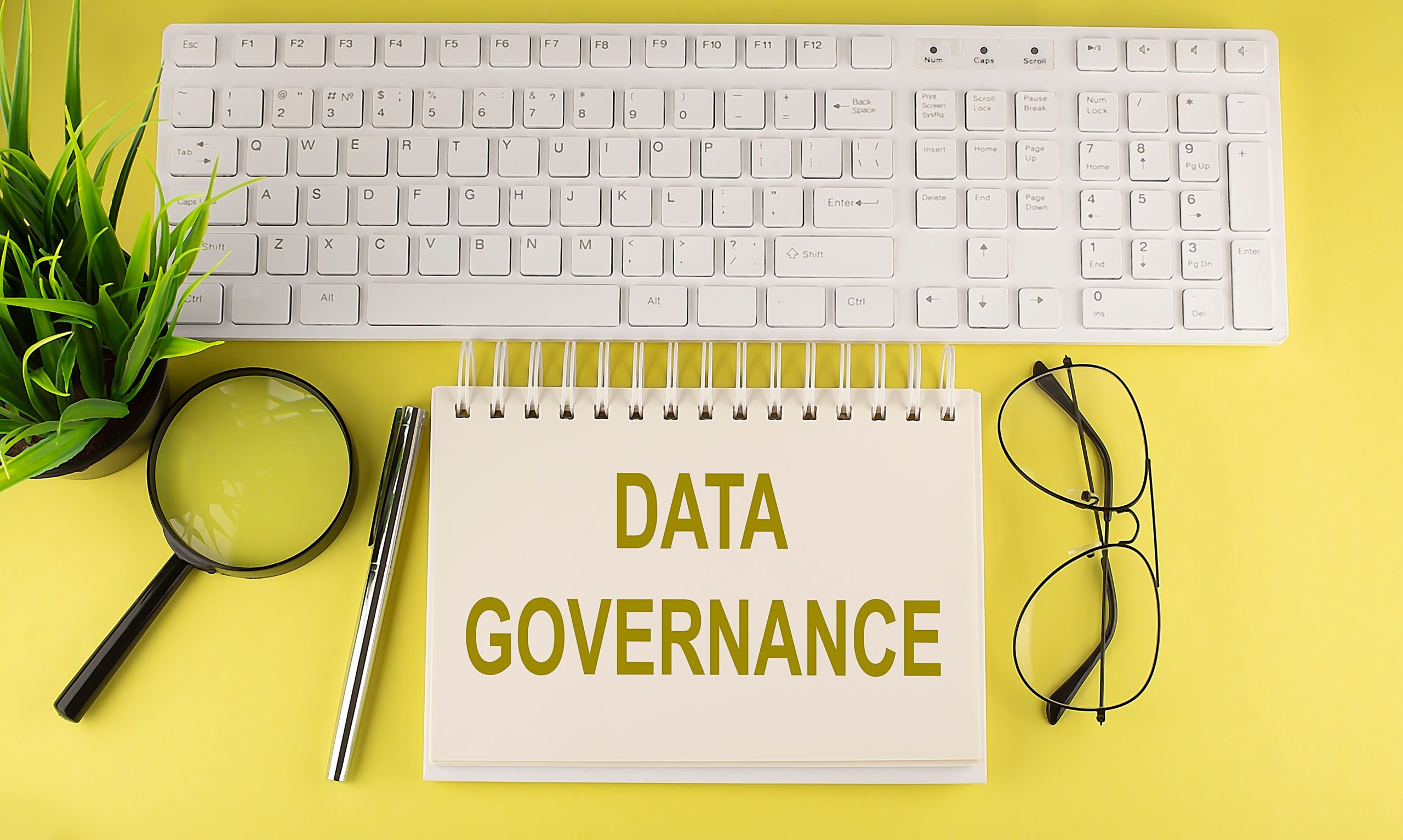Data Protection vs. Data Loss Prevention in Google Workspace: Understanding the Difference
Data is your organization’s most valuable asset. And while organizations might build strong internal defenses to protect against cyberattacks, they may forget about building defenses to safeguard their data.
However, this isn’t an easy task. Organizations have an enormous volume of ever-growing data stored in public, private and hybrid clouds — and maybe on-prem as well. They have in-office, remote and hybrid workers using a variety of different devices and operating systems, and those workers are sharing data with clients and customers outside of the organization.
It’s no wonder that safeguarding data has become so complicated.
The proliferation of data
The proliferation of data is making it harder to track and safeguard data, according to research from IBM and Ponemon Institute. That could be why 40% of data breaches involve data stored across multiple environments.
In some cases, organizations assume their service provider will secure their data in the cloud. But cloud data protection is a shared responsibility — in a Google environment, for example, your organization shares that responsibility with Google.
So, while Google protects the underlying infrastructure with built-in security at every layer — from hardware to data storage to Internet communication — it’s up to each individual organization to establish security policies and access control for users, as well as safeguard customer and employee data in their possession.
What’s data protection and data loss protection?
Data protection refers to a broad set of measures that help safeguard an organization’s data from loss, theft or damage. But it’s not the same thing as data loss prevention, or DLP.
While data protection provides a framework for securing data assets to ensure confidentiality and availability, DLP is aimed specifically at preventing sensitive data from being leaked or shared, whether by accident or on purpose.
In other words, DLP is a security best practice that falls under an organization’s overall data protection strategy. In Google Workspace, it’s a set of tools and processes that identify sensitive data and prevent unauthorized use or access.
So, while data protection and DLP sound like the same thing, they’re not. Even if you have strong data protection measures in place, you still need to set up DLP in your Google Workspace environment and enable audit logs to monitor access and file sharing.
With DLP for Google Drive, for example, you can create file-sharing rules such as blocking suspicious file-sharing attempts. You can also classify data and apply different security measures to different types of data, as well as set up alerts to let IT admins know if a breach has been detected, and even automate remediation actions.
As part of your overall data protection framework — which includes enabling DLP — you’ll also want to enable a variety of other strategies in your Google Workspace environment, such as:
Restrict public links: Google Workspace allows for sharing public links, which makes it easy for teams to communicate and collaborate. But in some cases, where sensitive data is involved, it may make sense to disallow or restrict public sharing.
Audit access control: While you can set up access controls for sensitive data within Google Workspace, you’ll want to conduct regular audits, especially during employee on-boarding or off-boarding, as well as any organizational changes such as mergers or acquisitions.
Educate users: Human error often plays a major role in cyberattacks, so providing regular training sessions and video tutorials to keep employees up-to-date with the latest threats and security approaches can help combat social engineering attacks.
Address vulnerabilities: Make sure you’re up-to-date with security patches and updates in Google Workspace and periodically conduct security audits to address any vulnerabilities or areas for improvement.
It takes an average of 258 days for security teams to identify and contain a data breach, so a data protection strategy should include DLP to monitor everything from human error to compliance with the latest regulations around privacy and security.
Not sure where you stand?
To get a baseline of where you’re currently at, Pythian’s Data Loss Prevention (DLP) Program can help. We’ll assess your current environment and help you design and implement a DLP program to protect sensitive data in Google Workspace through a comprehensive, end-to-end solution.
This program provides a thorough assessment of your current DLP status, documents and implements data protection requirements, manages the DLP program end-to-end, oversees change management, and delivers training for effective administration and management in Google Workspace.
Find out how we can help your organization with data protection and data loss prevention.
You May Also Like
These Related Stories

The Hidden Costs of Ignoring Data Loss Prevention in Google Workspace

Hiring Your First Data Scientist


No Comments Yet
Let us know what you think